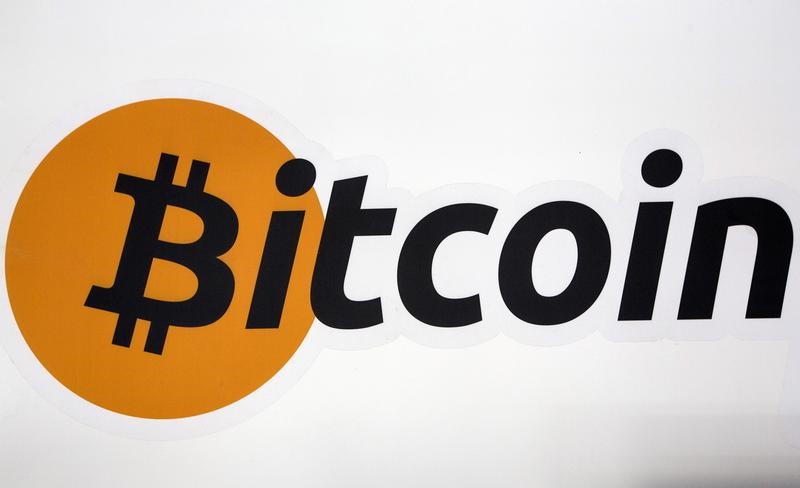Bitcoin (BTC) Potential to Sextuple: Analyst’s Bold Claim
Intriguing Analysis Sparks Community Interest
A recent analysis has caused a stir within the community with a bold claim that Bitcoin (BTC) could potentially sextuple from its current position. The reasoning behind this assertion combines historical patterns and the reverberations of the Coinbase (NASDAQ:) IPO, suggesting that another significant rally could be on the horizon.
Comparing Historical Patterns
The comparison draws from the mid-2019 mini-bubble sentiment, a period that witnessed considerable enthusiasm in the crypto markets. However, it’s essential to note that the Coinbase IPO occurred in 2021, not 2019, contextualizing market sentiment within the correct timeline. Understanding this context is crucial when considering potential market movements.
Market Dynamics and Potential Growth
The present market dynamics are likened to those of 2020, not 2019, an important differentiation as 2020’s market crash was a black swan event, impacting asset prices across the board. The assertion here is that if the current cycle mimics the recovery and growth phase post-2020, a substantial increase in Bitcoin’s price could be anticipated.
Caution in Predictions
Approaching such predictions with caution is imperative. Historical rallies offer a reference but are not a blueprint for future performance. Predictions based on past events are inherently uncertain and should be deemed speculative at best.
Analysts’ Perspectives
Other analysts are chiming in with their perspectives, suggesting that Bitcoin might have already initiated its ascent, with some estimating that the rally is approximately 20% complete. These analysts also temper expectations by proposing that the all-time highs (ATHs) in this cycle may not achieve the same staggering percentage increases seen in previous cycles.
Remaining Vigilant
While the possibility of a 6x rise in Bitcoin’s value is fascinating, market participants should remain vigilant, considering both the potential upside and inherent risks.
Original Source
This article was originally published on U.Today



